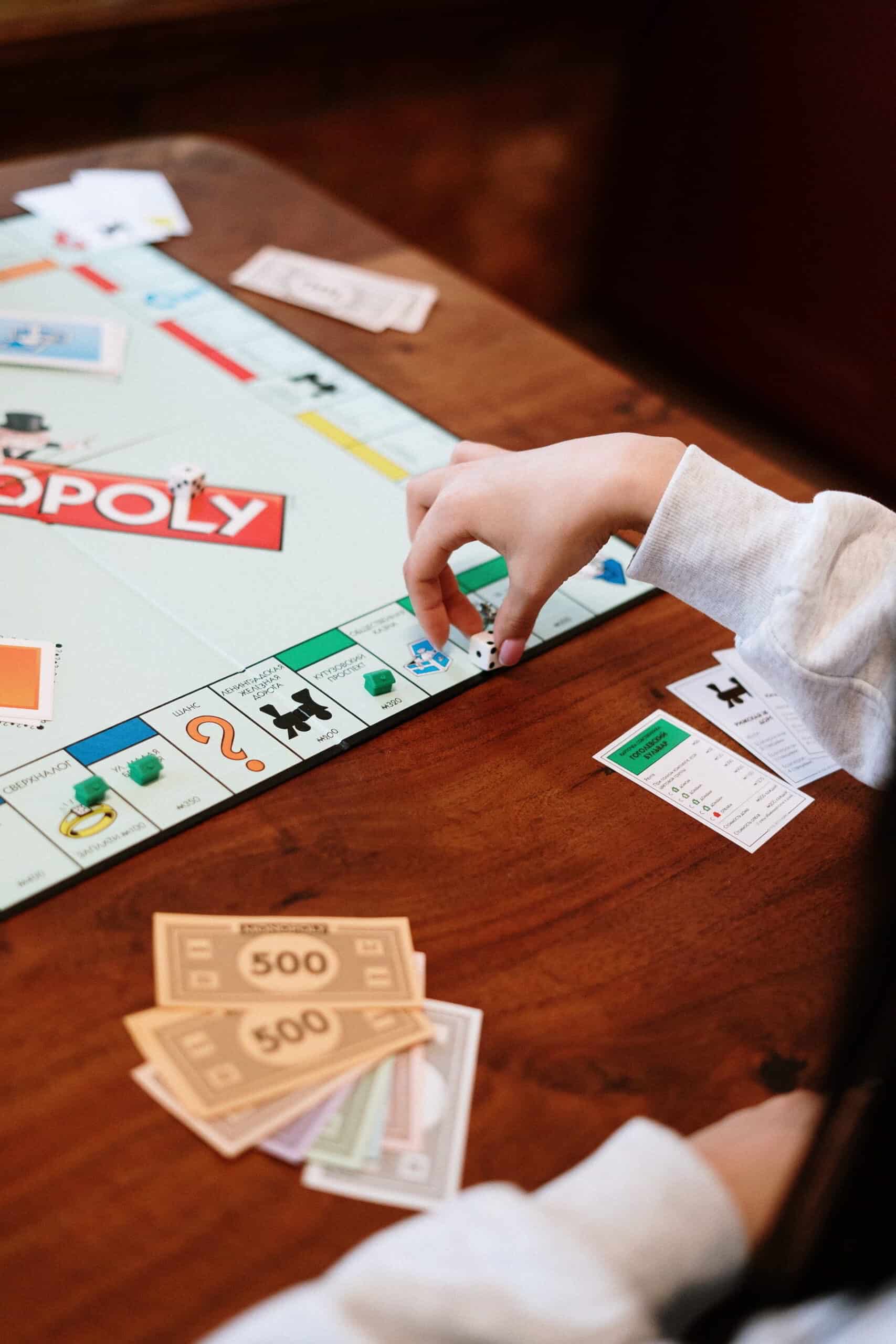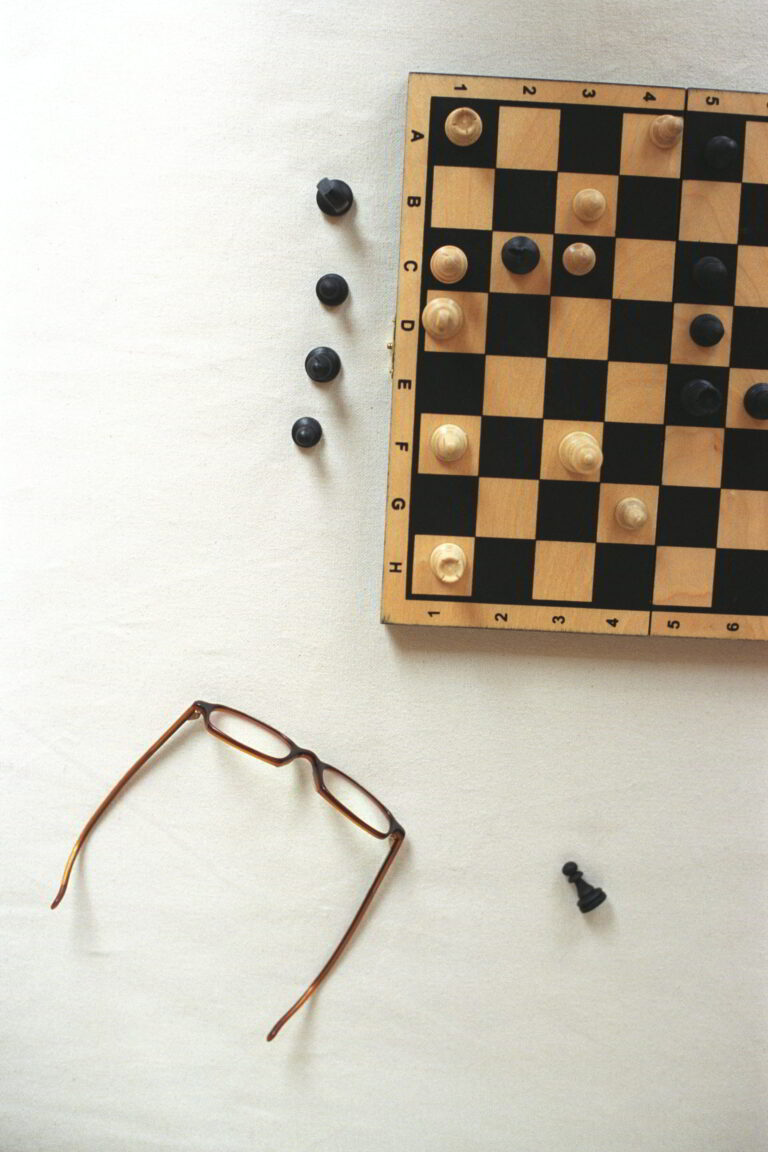Crafting Replayable Board Games: Secrets to Keeping Players Hooked
Introduction:
Imagine you’ve just finished a game night with your friends. The board game you played was fun, but there’s a nagging feeling – would you play it again? That’s the million-dollar question for every board game designer. In this article, we’ll dive into the art of crafting board games that not only entertain but also compel players to come back for more. Whether you’re a budding designer or just curious about what makes a game replayable, let’s explore the strategies behind long-term engagement.
1. The Core Loop: Making Every Playthrough Unique
The heart of any replayable game lies in its core loop – the fundamental gameplay cycle. Here’s how to ensure it’s engaging:
- Variability: Introduce elements like cards, dice, or modular boards that change with each game. Think of games like Settlers of Catan where the board setup is different every time.
- Player Choices: Allow for meaningful decisions that impact the game’s outcome. Players should feel their strategies can evolve with each play.
- Random Events: Incorporate random events or twists that can alter the game’s flow, keeping players on their toes.
2. Depth Over Complexity
A game doesn’t need to be complex to be deep. Here’s how to achieve depth:
- Simple Rules, Deep Strategy: Games like Chess or Go have simple rules but infinite strategic depth.
- Interacting Systems: Have game elements that interact in unexpected ways, encouraging players to experiment with different strategies.
3. Thematic Immersion
A strong theme can make a game not just replayable but memorable:
- Narrative Elements: Even non-story games can benefit from a narrative backdrop that players can engage with or ignore.
- World-Building: Create a universe that players want to explore, like Arkham Horror does with its Lovecraftian theme.
4. Balancing Act: Fairness and Fun
Replayability thrives on the perception of fairness:
- Balanced Mechanics: Ensure no single strategy dominates. Players should feel they can win through skill, not just luck.
- Scalability: Design games that work well with different player counts or can be adjusted for skill levels.
5. Social Dynamics
Board games are social experiences. Leverage this:
- Negotiation and Alliances: Games where players can make deals or form temporary alliances, like Diplomacy, add layers of replayability.
- Player Interaction: Encourage interactions that lead to memorable moments, making each game session unique.
Conclusion:
Creating a board game that players want to revisit involves a blend of variability, depth, thematic richness, balance, and social dynamics. By focusing on these elements, you can craft games that not only entertain once but become a staple of game nights for years. Ready to design your next hit? Dive deeper into game design or share your ideas in the comments below!
Frequently Asked Questions
What makes a board game replayable?
Replayability often comes from variability in gameplay, depth in strategy, and engaging themes that make each session feel fresh.
How important is theme in board game design?
While mechanics are crucial, a strong theme can significantly enhance player engagement and emotional connection to the game.
Can a simple game be replayable?
Absolutely. Games like Tic-Tac-Toe show that simplicity can lead to depth if the core mechanics allow for strategic growth.
How do you balance luck and skill in board games?
Balancing involves ensuring that while luck can influence the game, skill should ultimately determine the winner. This might mean multiple paths to victory or mechanisms to mitigate luck.
What role do player interactions play in replayability?
Player interactions create stories and memories. Games that encourage negotiation, alliances, or conflict can lead to vastly different experiences each time they’re played.







